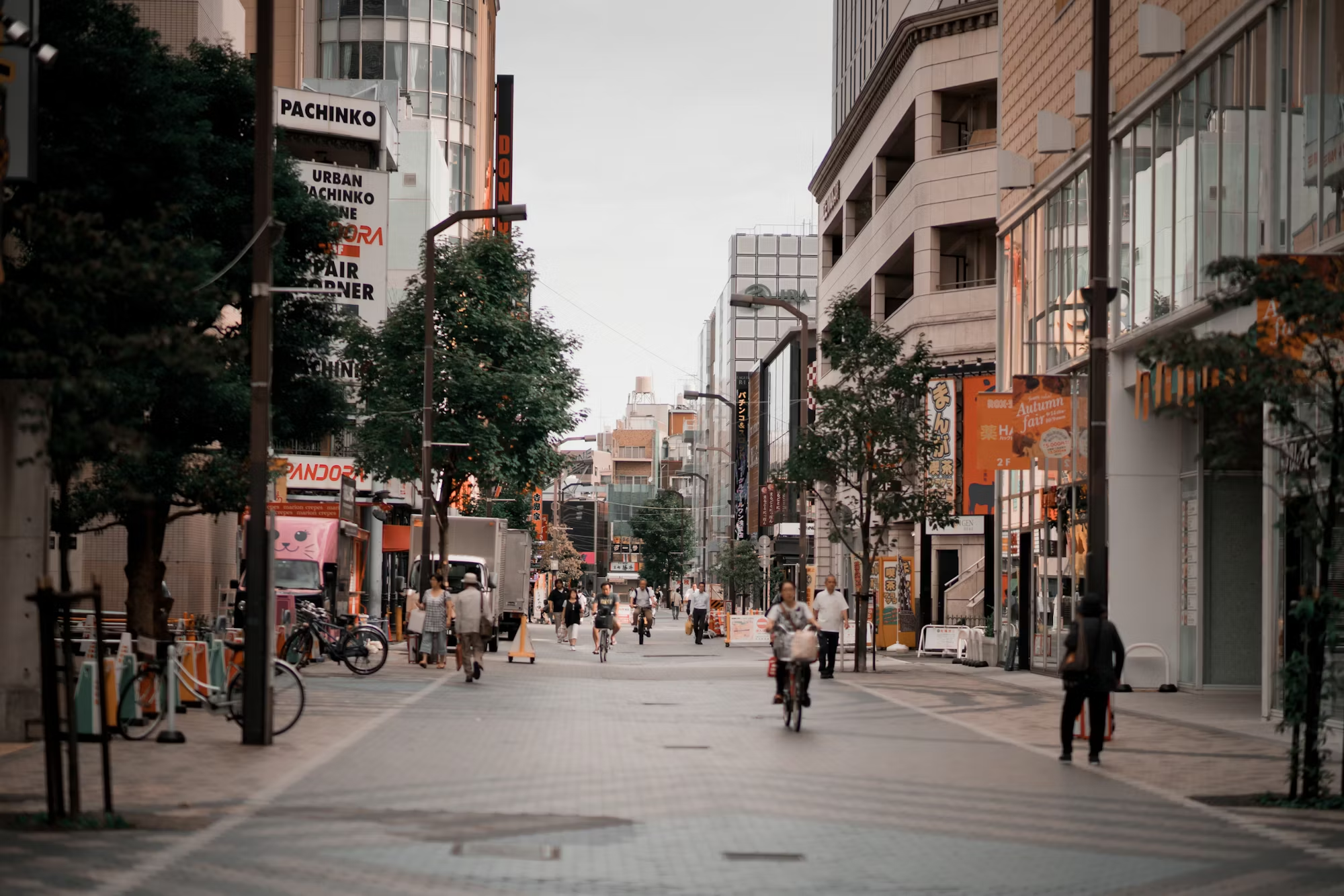The retail landscape has experienced profound changes in recent years, particularly due to the global pandemic, which reshaped consumer behaviors and expectations. As the world transitions into a new normal, retailers are finding innovative ways to adapt to these shifts, embracing technology, enhancing customer experiences, and rethinking their business strategies. This article examines the key trends that are defining the retail industry today and how businesses are evolving to meet new demands. One of the most significant shifts in retail has been the acceleration of e-commerce. With lockdowns and social distancing measures in place, consumers turned to online shopping for their everyday needs. This surge in digital commerce has led retailers to invest heavily in their online platforms, optimizing websites for user-friendly experiences, and integrating various payment options. Retailers are now prioritizing the development of mobile apps and enhancing their online presence to cater to tech-savvy consumers who expect seamless shopping experiences. The concept of omnichannel retailing has gained prominence as well. Consumers now desire the flexibility to shop across multiple channels, whether it’s online, in-store, or through social media. Retailers are responding by creating cohesive experiences that integrate these platforms. For example, many brands are adopting click-and-collect options, allowing customers to order online and pick up their purchases in-store. This approach not only enhances convenience but also encourages in-store visits, which can lead to additional impulse purchases. Personalization has become a cornerstone of the modern shopping experience. With the wealth of data available, retailers can analyze customer preferences and tailor their offerings accordingly. This means providing personalized recommendations, targeted promotions, and curated experiences that resonate with individual consumers. From customized email marketing to personalized shopping experiences in-store, retailers are leveraging data to foster deeper connections with their customers. The focus on sustainability has intensified in the wake of the pandemic, as consumers increasingly prioritize eco-friendly products and practices. Retailers are responding by adopting sustainable sourcing methods, reducing packaging waste, and offering more environmentally friendly products. Many brands are transparent about their sustainability efforts, allowing consumers to make informed choices aligned with their values. This trend not only appeals to environmentally conscious shoppers but also enhances brand loyalty. The retail environment itself is evolving to meet changing consumer expectations. Safety measures, such as enhanced sanitation protocols and contactless payment options, have become standard in many stores. Retailers are redesigning their spaces to promote social distancing, with wider aisles and fewer crowded displays. These changes aim to create a comfortable shopping experience while ensuring the safety of customers and employees alike. Another notable trend is the rise of experiential retail. Consumers are seeking more than just products; they desire engaging experiences that connect them with brands on a personal level. Retailers are incorporating elements like interactive displays, in-store events, and immersive environments to enhance the shopping journey. For example, a cosmetics store might offer makeup tutorials, allowing customers to engage with products while learning new techniques. This focus on experience not only drives foot traffic but also builds brand loyalty. Social media has become an integral part of the retail experience, shaping how consumers discover and engage with brands. Platforms like Instagram and TikTok are now crucial for retailers to connect with their audiences. Influencer partnerships and user-generated content have gained prominence, allowing brands to reach a wider audience and foster a sense of community. Retailers are increasingly using social commerce to sell directly through these platforms, providing consumers with a seamless shopping experience while engaging with their favorite brands. Subscription models have gained traction as consumers seek convenience and value. Retailers are offering subscription services for a variety of products, from meal kits to beauty boxes, providing curated selections delivered right to customers’ doorsteps. This model not only fosters loyalty but also enhances customer retention by providing a steady stream of products tailored to individual preferences. As technology continues to advance, retailers are exploring new ways to incorporate it into their operations. Artificial intelligence (AI) and machine learning are being utilized to optimize inventory management, enhance customer service, and streamline supply chains. Chatbots and virtual assistants are becoming common tools for retailers, providing real-time support and personalized recommendations to customers. This technological integration not only improves operational efficiency but also enhances the overall shopping experience. The importance of local communities has also come to the forefront in the retail industry. As consumers increasingly prioritize supporting local businesses, retailers are adapting by emphasizing their community connections. Many brands are sourcing products locally and participating in community initiatives, creating a sense of belonging and shared values. This focus on community engagement fosters brand loyalty and strengthens relationships with customers. The impact of these trends extends beyond individual retailers; they are collectively reshaping the retail landscape. As businesses adapt to the evolving demands of consumers, they must remain agile and responsive to changes in the market. Embracing technology, sustainability, personalization, and community engagement will be crucial for retailers looking to thrive in this dynamic environment. In conclusion, the retail industry is navigating a transformative period as it adapts to the new normal post-pandemic. From the acceleration of e-commerce and the rise of omnichannel retailing to the emphasis on sustainability and experiential shopping, retailers are finding innovative ways to connect with consumers. As the landscape continues to evolve, those who embrace these changes and prioritize customer experiences will not only survive but thrive in the ever-changing world of retail.
